They Weren’t Actually Cats at All

Here’s something that’ll blow your mind: saber-toothed “cats” weren’t technically cats in the modern sense. These prehistoric predators belonged to a completely different evolutionary branch called Machairodontinae. Think of it like calling a dolphin a fish – they might look similar, but they’re worlds apart genetically.
The confusion comes from their cat-like appearance and hunting style. But if you could time travel and meet one, you’d notice some pretty weird differences right away. Their bone structure, muscle arrangement, and even their social behavior were vastly different from today’s big cats.
Those Famous Fangs Were Actually Fragile
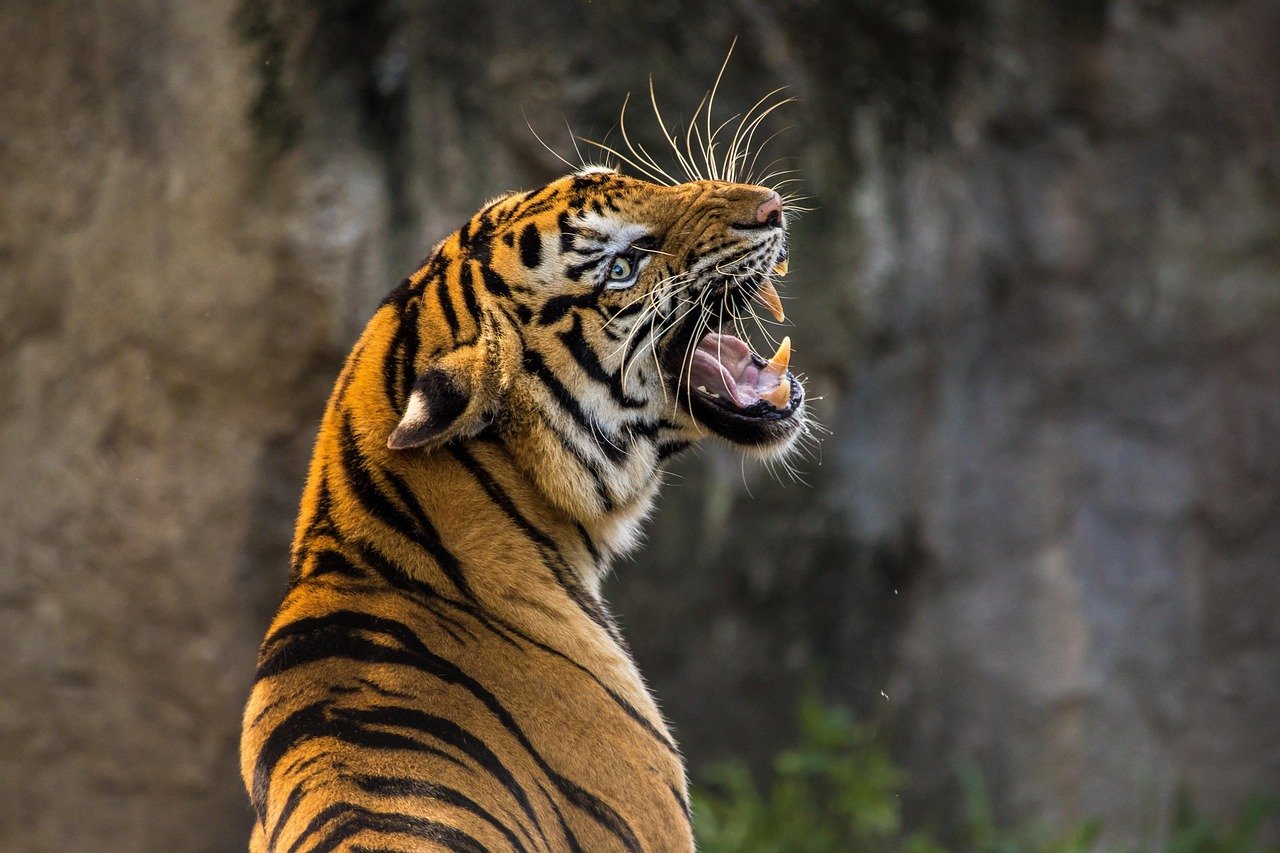
Everyone pictures saber-toothed cats using those massive canines to tear through prey like butter knives through steak. Reality check: those impressive teeth were surprisingly delicate and broke easily. Scientists have found countless fossilized saber teeth with stress fractures and breaks.
The teeth were more like precision surgical tools than brute force weapons. These cats had to be incredibly careful about how they used them, which completely changes how we imagine their hunting strategies. One wrong move and they’d be eating soft foods for the rest of their lives.
They Couldn’t Roar Like Modern Big Cats
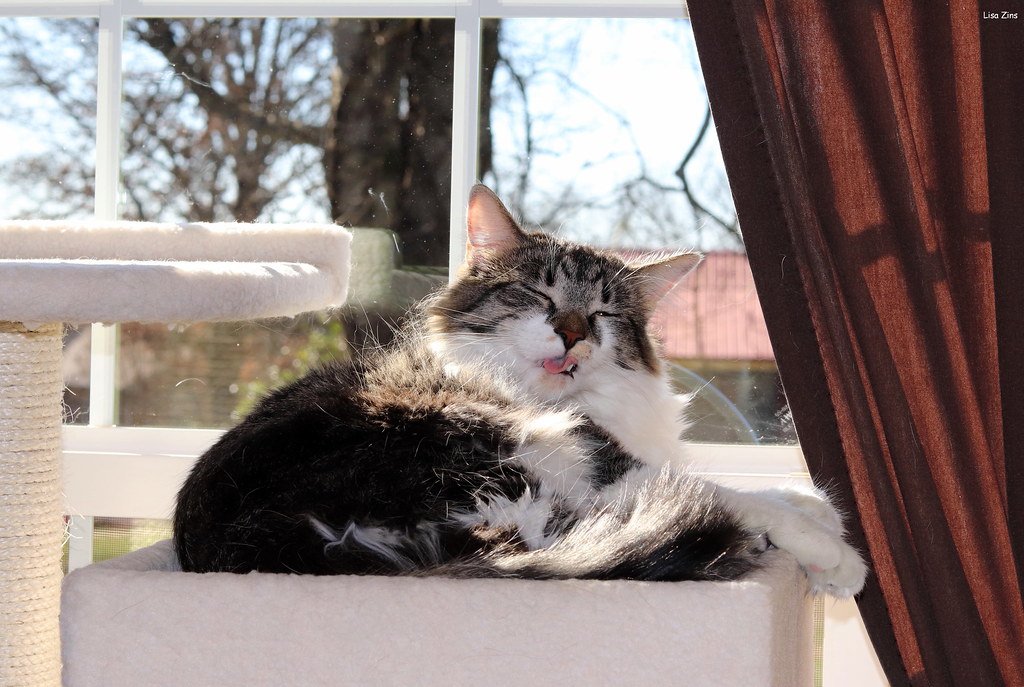
Forget everything you’ve seen in movies about saber-toothed cats letting out mighty roars. Their throat structure was completely different from modern lions and tigers. Instead of bone-rattling roars, they probably made sounds more like oversized house cats – think purring, chirping, or maybe some weird chattering noises.
This discovery came from studying their hyoid bones, which control vocalization. The shape tells us they were missing the flexible cartilage that allows modern big cats to roar. Imagine a 400-pound “kitty” making adorable meowing sounds – that’s probably closer to reality than Hollywood’s version.
Multiple Species Existed Across Different Time Periods

Most people think there was just one type of saber-toothed cat, but that’s like saying there’s only one type of bird. Over 23 million years, dozens of different saber-toothed species roamed the Earth. Some were tiny, others were massive, and they lived in completely different environments.
The famous Smilodon fatalis that most people recognize is just one species from the very end of the saber-tooth timeline. Earlier species like Machairodus were completely different animals with their own unique adaptations. It’s like comparing a house cat to a tiger – same family, totally different game.
Their Hunting Strategy Was More Like Assassination Than Fighting

Those delicate saber teeth weren’t designed for the brutal, drawn-out fights you see in nature documentaries. Instead, these cats were precision killers who specialized in quick, surgical strikes. They’d ambush prey and deliver one perfectly placed bite to the throat or belly.
Think of them as the ninjas of the prehistoric world rather than gladiators. They relied on stealth, patience, and anatomical knowledge rather than raw strength. This hunting style explains why their teeth were so fragile – they were never meant for prolonged combat or bone-crushing.
They Had Incredibly Powerful Front Legs
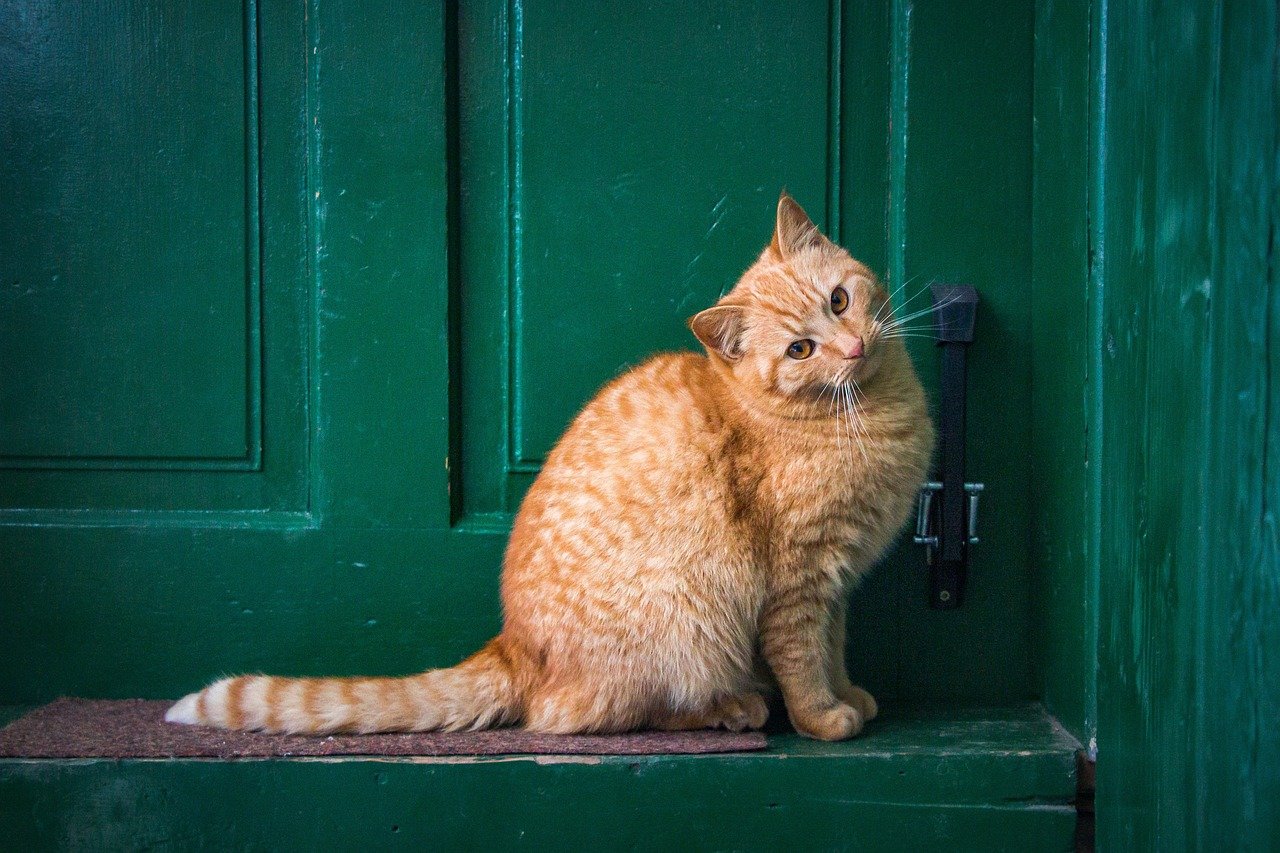
While everyone focuses on the teeth, the real secret weapon was their front legs. Saber-toothed cats had absolutely massive shoulder and arm muscles that would make a bodybuilder jealous. These powerful limbs were essential for their hunting technique.
They’d use these muscular arms to wrestle prey to the ground and hold them perfectly still for that precise killing bite. Without this incredible upper body strength, those delicate saber teeth would have been useless. It’s like having a surgeon’s scalpel attached to a wrestler’s body.
Some Species Were Social Pack Hunters

Contrary to popular belief, not all saber-toothed cats were solitary hunters. Some species, particularly Smilodon, lived and hunted in groups similar to modern lions. Fossil evidence shows they cared for injured pack members and shared kills.
The La Brea Tar Pits revealed saber-toothed cats with healed injuries that would have been fatal if they were alone. Someone was bringing them food and protecting them while they recovered. This social behavior completely changes how we imagine these ancient predators living their daily lives.
They Went Extinct Due to Climate Change, Not Competition

The popular story says modern cats outcompeted saber-toothed species, but that’s not what really happened. Climate change at the end of the last ice age eliminated their preferred prey and habitat. These specialized hunters couldn’t adapt fast enough to the rapidly changing world.
As grasslands replaced forests and mega-fauna died out, saber-toothed cats lost their evolutionary advantage. Their precision hunting style became a liability when they needed to be more flexible and adaptable. It’s a sobering reminder of how quickly environmental changes can reshape entire ecosystems.
They Were Actually Closer to Weasels Than Modern Cats
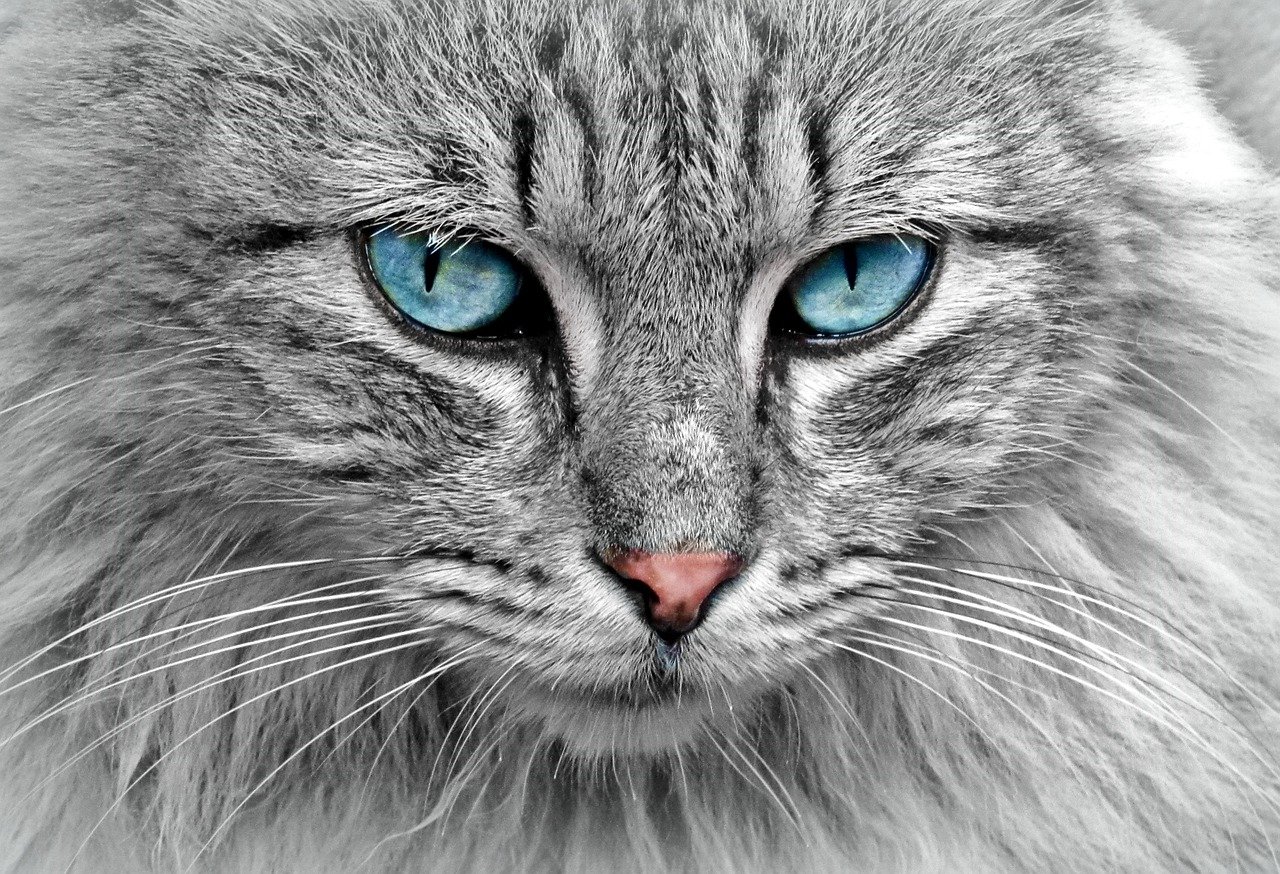
Here’s the most mind-bending fact of all: recent genetic studies suggest saber-toothed cats were more closely related to modern weasels, seals, and dogs than to today’s cats. This revelation completely rewrites the evolutionary tree and explains why they were so different from modern felines.
The cat-like appearance was just convergent evolution – when unrelated animals develop similar features for similar lifestyles. It’s like how dolphins and sharks look similar but are completely different types of animals. Those saber teeth evolved independently multiple times in different animal lineages.
Conclusion: Rewriting Prehistoric History
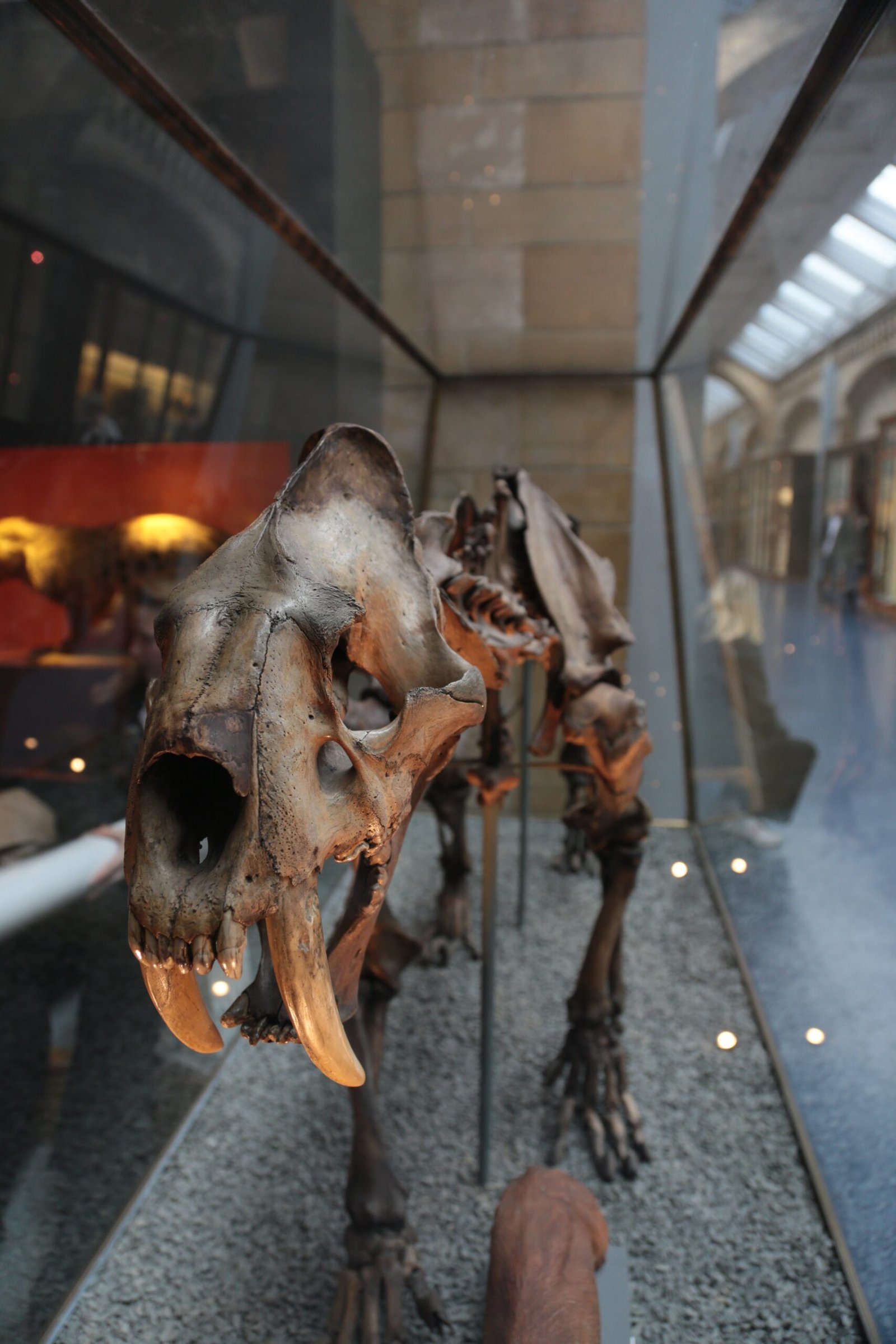
These incredible discoveries show how much we’re still learning about prehistoric life. Every new fossil and genetic study reveals surprises that challenge our assumptions about these magnificent predators. From their delicate hunting techniques to their unexpected family tree, saber-toothed cats were far more complex and fascinating than we ever imagined.
The next time you see a saber-toothed cat in a museum or movie, remember that the real animals were probably nothing like what you’re seeing. They were precision hunters with powerful arms, social bonds, and surprisingly gentle voices. Which of these facts surprised you the most?
Hi, I’m Bola, a passionate writer and creative strategist with a knack for crafting compelling content that educates, inspires, and connects. Over the years, I’ve honed my skills across various writing fields, including content creation, copywriting, online course development, and video scriptwriting.
When I’m not at my desk, you’ll find me exploring new ideas, reading books, or brainstorming creative ways to solve challenges. I believe that words have the power to transform, and I’m here to help you leverage that power for success.
Thanks for stopping by, Keep coming to this website to checkout new articles form me. You’d always love it!






